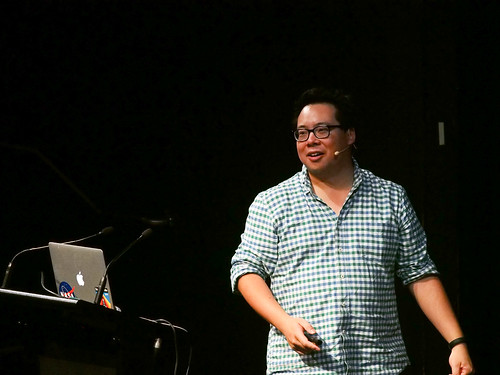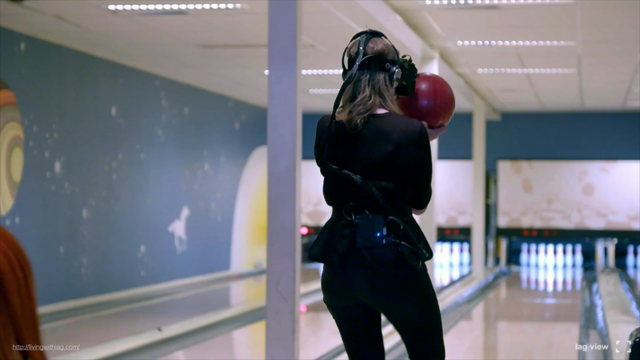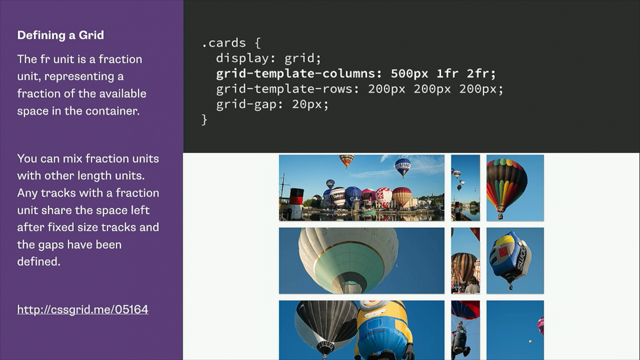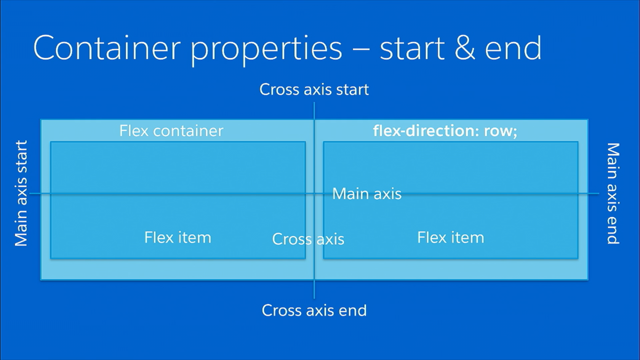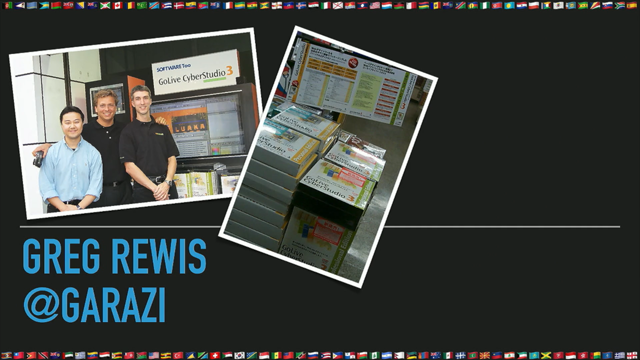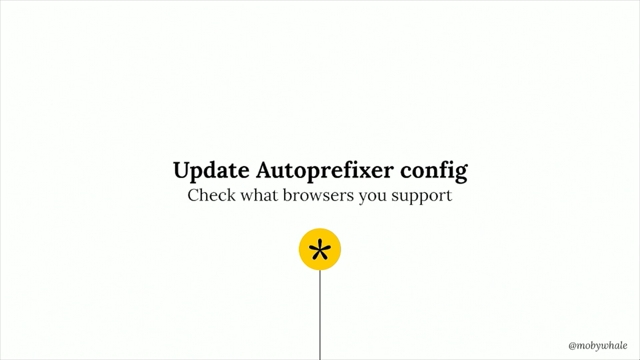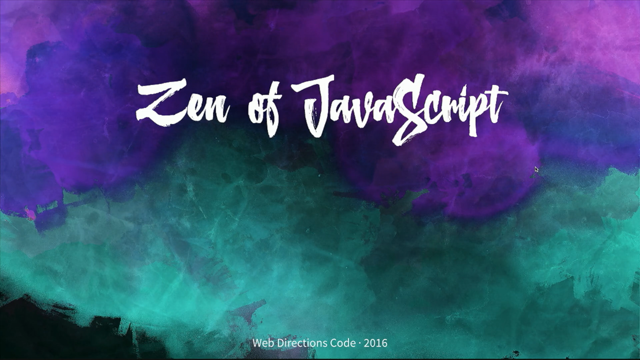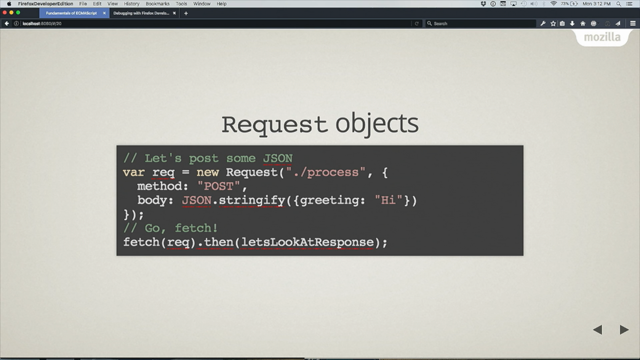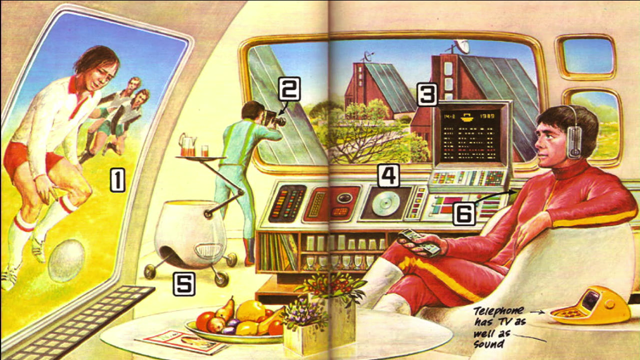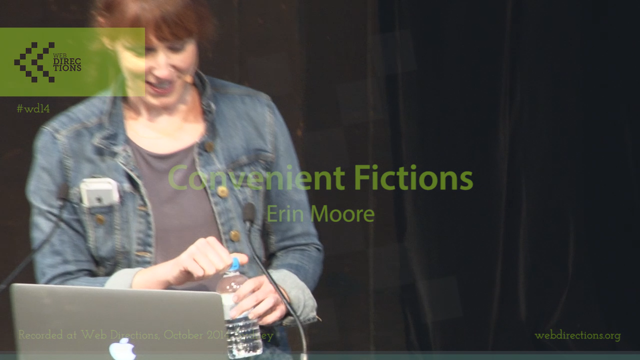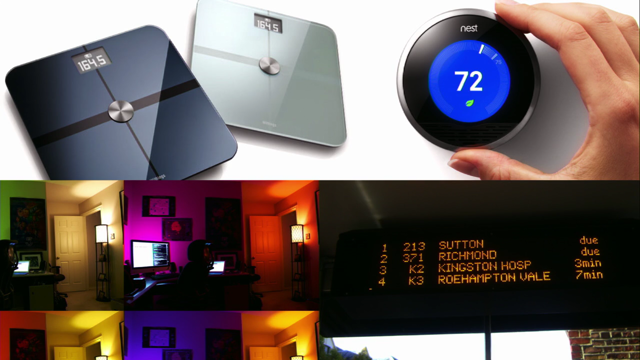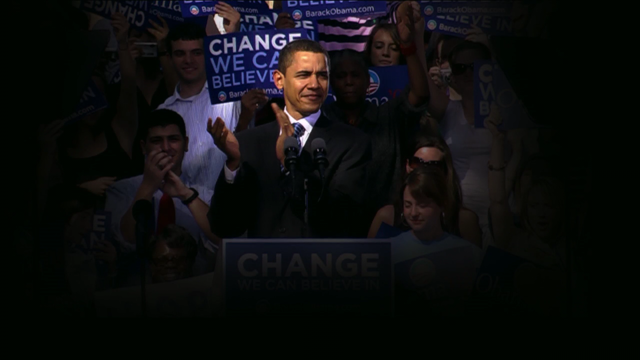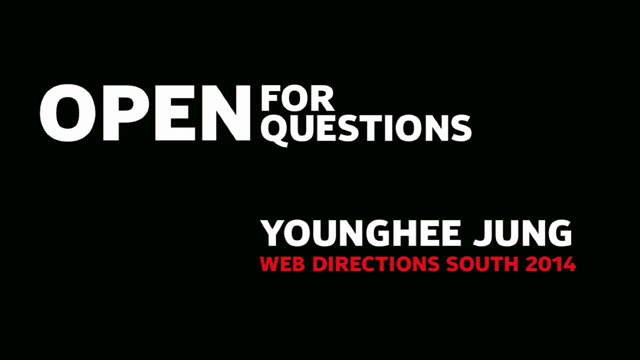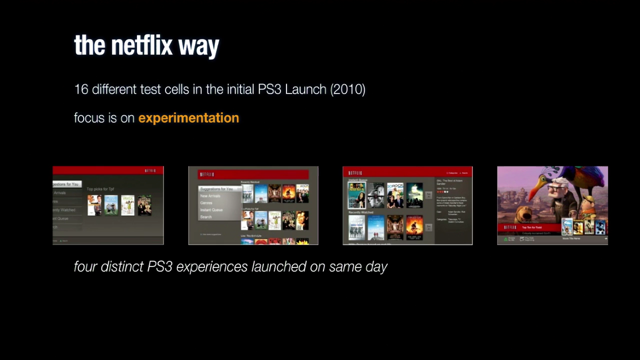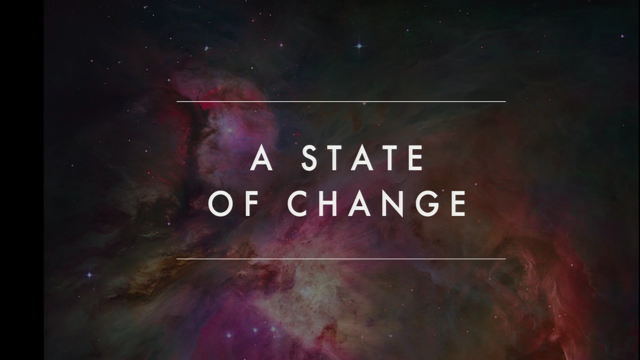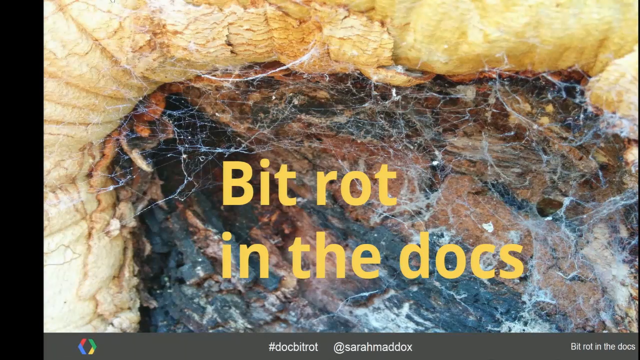An Internet for Humans, Too
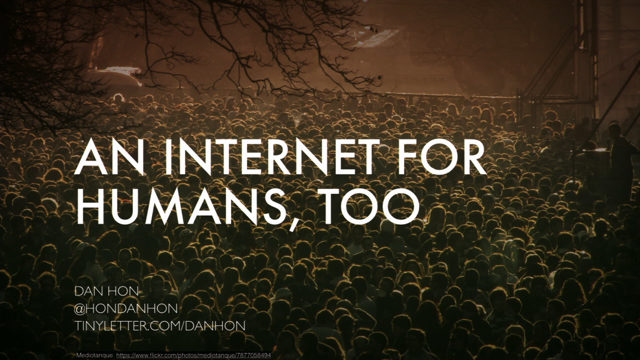
40 years of Moore’s law has meant that computing and communications power has gotten cheaper, smaller and faster. It’s not new news to say that soon everything will have an IP address. And yet. All this excitement of an internet of things is against the background of a shift in the world, a change in the way that Silicon Valley and the rest of the world is building the new products that are changing our lives, in the way established businesses are operating, and in the way that governments interact with us. Some organizations are learning the hard way, others are making decisive moves. But all of this points to an inescapable fact: in the internet of things, humans are things too. And there’s a gap in empathy between these organisations and us, as audiences, citizens, consumers and people.
Designing an internet of things that’s for humans means understanding what the empathy gap is. It’s the gap in understanding between an organization and its audience. This session is the story of how, whilst a more connected world means more things, we should remember to design those things, products and services to understand us.
Dan showed some ads created for Facebook while he was working at an agency – trying to improve its perception. One very fun (cosplayers finding people to hang out with), one very deeply emotional (a journey through cancer).
This was a key moment in the conference – Dan showed a great deal of emotion on stage, something people usually try to hide. He also owned the fact it was a little weird that it’s possible to actually kind of make us like Facebook, even just a little bit more.
“That was basically weaponised empathy…”
…
Now Dan’s at Code For America.
“I’m excited about the future but I’m also really angry about the present.”
Over the past 40 years computers have been getting smaller and cheaper and better… and now we are so close to realising that future. But we’re pushing to build an internet of Things rather than an internet for people.
There’s an empathy gap between people and the companies building things.
[another page from the Usborne Book Of The Future… showing the way people imagined an iWatch.]
If the network is the new electricity, then that network should be for people not of things.
“I wanted a flying car and all I got was a way for the entire planet to communicate instantly via massively powerful pocket computers.” – @fraserspeirs
We have a responsibility as people who build things, to remember we are building them for people.
We know Google Glass… we know there are bars that have banned them, there are people who viscerally hate Glass. “The segway for the face”, “glassholes”… why do we have such a reaction to this technology? Part of this is a failure to understand the context in which regular people operate. Sure there’s a possibility we could see the world like Tony Stark or the Terminator, but we forget the intrusiveness of technology in social contexts.
Glass came from a place where it was considered awesome to strap a camera to your face, and keep other people on the periphery of their vision.
We have lots of activity monitors – personal metrics and data, thanks to things like fitbit and fuelband. But there’s a problem with what to do with the information. Charts and graphs. Cool, but what does it mean? What action should I now take? Is that number good or bad? Should I tell my doctor about this information so they can explain it all to me?
Have you ever had a situation where you felt a company might have been doing something that wasn’t in your best interest? People often say “phone companies”. AT&T have some awful clauses in the T&Cs that you can opt out of… by writing a letter, to which you never get a response. Tivo did the same thing.
“There are lots of opinions about Apple and it’s easier to have them now that Steve Jobs has passed away.” …but they did put something into peoples iTunes library without asking. This didn’t go over well. We can’t say whether Steve Jobs would have done it or not… and it was actually Bono who (kind of) apologised, not Apple.
Government examples… What if the data being moved without consent was your medical information? This happened with care.data in the UK – which had a panic driven last minute opt-out process that nobody understood. Cal Fresh is a food stamp system in America – in San Francisco the signup process is 50 screens long. About 25% of people who do sign up drop out due to administrative problems. This is actively user-hostile; and given food stamps is about survival, it’s simply inhumane. You could be forgiven for thinking they didn’t really want you to sign up for it.
But we don’t have to have technology that is dehumanising. We can cross this chasm of understanding.
Let’s close the gap.
In the UK, MPs were refusing to deal with people if they didn’t send a letter (as in snail mail)… but it turned out you could fax them. So someone created a “fax your MP” service. Later when they were supposed to be sending a letter to their GP to opt out of medical data being collected, they adapted it to “fax your GP”. This was not hard to build. Why wasn’t it built immediately? …why was it built by a third party and not the government which knowingly created the need?
Why be hostile to users?
Dropbox allows you to opt out of enforced arbitration with a simple online form. Why didn’t AT&T or Tivo? Isn’t it causing them more work, losing them money manually processing letters?
Zappos do a great thing where they will help you find the shoes you need, even if they don’t have them. If you ring up and what you need is out of stock at Zappos, they will send you to a competitor that does have them… because they still want to solve the problem you came to them to solve.
The UK Government is doing some work to make things more usable:
- The bank holiday information used to be a big table with everything; but now the page tells you when the next one is. They realised from the search data that people just wanted to know when the next holiday is coming up.
- The process to set up enduring power of attorney was simplified – it’s an awful process often done under stress. Making it easier to do is a human thing.
(referring to the power of attorney form) “This isn’t new… it doesn’t rely on webGL, it doesn’t rely on a framework that’s two weeks old… although it is responsive.” It turns out part of the future we imagined and wanted was a future where things worked.
A lot things aren’t hard, you just have to care about them. The more time people spend with users, the better products get.
Remember that users are simply people.
Not trying is a signal.
“It’s the basics” … it’s not about the new, the surprise and delight. It would actually be better if we just fixed the damn thing and made it work. Get those absolutely simple things right, like sending a form.
…
Let’s close that gap.
Help at codeforaustralia.org
